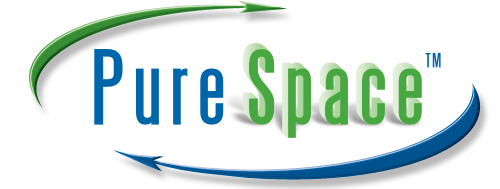Attic mold in Portland and it’s surrounding cities is extremely common. Whenever anyone calls me and says they have a mold issue they would like me to come check out, in the back of my mind I am always thinking attic mold. In fact, sometimes I will guess, “Ma’am, where is the mold located, in the attic?” And overwhelmingly, I am right! Usually when it comes to mold, people think dark, dank and musty. So crawlspaces and basements usually come to mind. However, here in the Northwest, I find my company doing three attic jobs for one of every other type of job combined! If you have ever been in an attic (especially in the summer) dank and musty don’t really come to mind. But the theme still persists. So the question is: why? The answer might surprise you.
In 1994, the Oregon Construction Contractor’s Board (CCB) made the decision that homes in Oregon should have increased energy efficiency, which I agree with. In order to do this (among other things) they decided to require increased insulation in the attic. While I am always for increased energy efficiency, it must be done responsibly. Unfortunately, the way the code was written addressed the insulation, but failed to take into account the need for corresponding increased ventilation. Let me take a tangent for a moment, as this is a good lesson for any homeowner.
Because of this increase, homes built between 1995 and 2005 are at risk for mold in attics more than their 2006 and newer counterparts, and certainly more so than the energy ‘sieves’ that are homes pre 1994. So whenever I ask someone if their home was built between 1995 and 2005 and the answer is ‘no,’ my next question is, when did you replace the roof? Between those two scenarios, I am almost (as in over 95%) right because when people replace their roof, it is a perfect time to add insulation to bring the home up to current code and save those energy dollars. The other edge to that sword however, is the same one the CCB created, which is not being attentive to the ventilation necessary to move the air enough to prevent mold growth. So the lesson? If you add insulation, make sure you talk with your roofer about adding vents. If they say you don’t need to, you should find a different roofer that knows better.
Okay, back to attic mold growth. Luckily, in 2005 the building code deficiency was corrected, and homes are more or less well enough ventilated to prevent mold. However, the last thing we will discuss in this post is building practices. When any home is built, by code the building’s sub structure (2x4s, 2x6s, plywood, sub floor etc.) must be brought below 16% moisture content. I wish that this happened in all cases, but sadly, the number of homes that we have remediated before anyone has ever looked into them is staggering. The reason? Almost always it is because the home was not brought into acceptable moisture levels before the drywall went up and insulation added. If the materials are ‘wet’ (for the purposes of this discussion, beyond 16% moisture content) and insulation is added, that homes fate is essentially sealed and will undoubtedly experience a mold issue.
Make sure to tune in next time to our discussion on power vents and active ventilation systems. In the meantime, if you think you have a mold problem in your attic, do not hesitate to call us!

